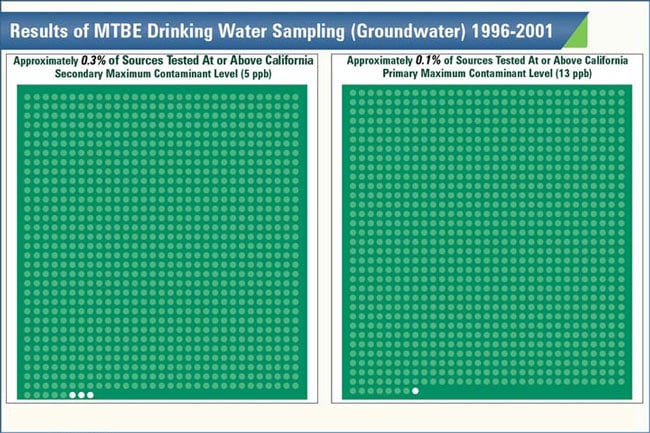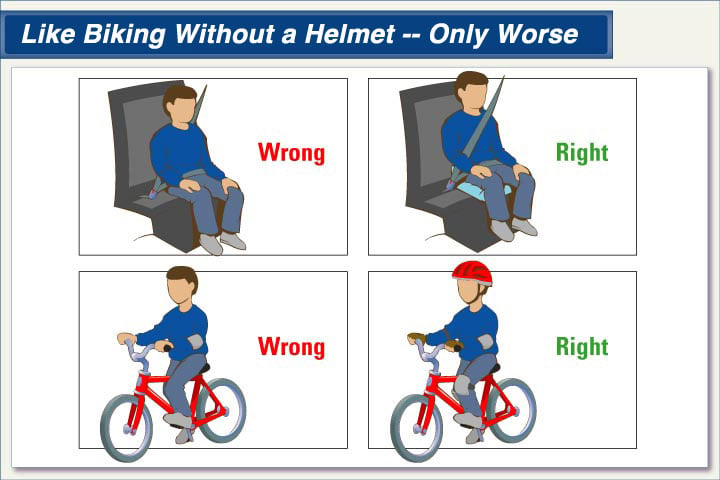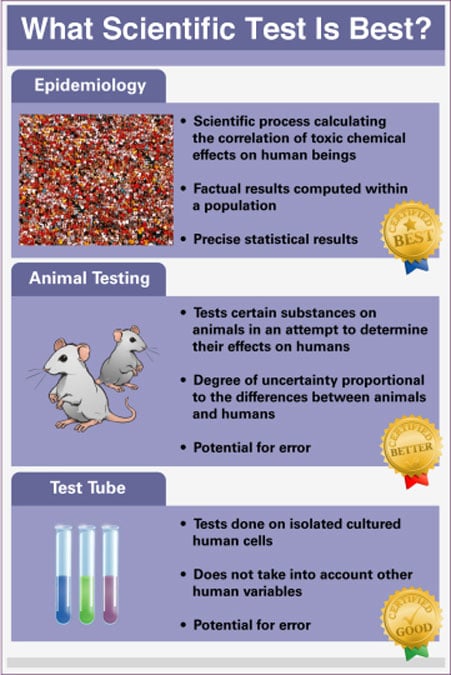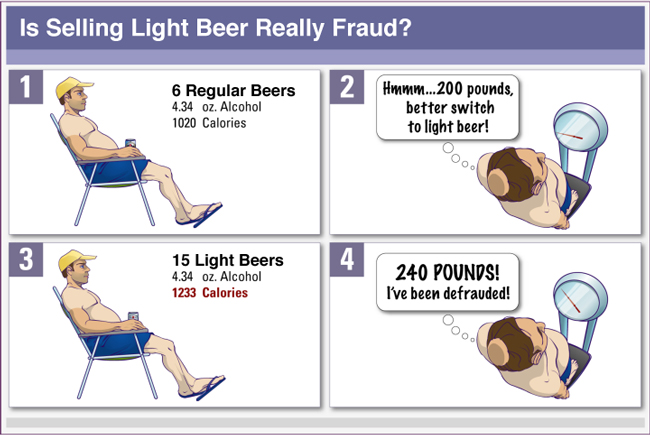Demonstratives can frequently be used very effectively in product liability litigation, in which the issue is whether a product was manufactured negligently, causing harm – or in some cases, whether a product that was manufactured and used properly still caused harm to a consumer that leads to liability on the part of the manufacturer or seller.
The demonstrative below shows that in order to get the same alcohol consumption as six regular beers, a consumer would have to drink 15 light beers – which, taken together, have more calories than the six regular beers. This "compensation" effect is an issue in some product liability cases.
As a popular website notes “People tend to drink more light beers than regular beers. It is because the consumer will have the need or urge to drink more light beer because drinking a single bottle of such won’t give the same effect as drinking a bottle of regular beer . . . because the alcohol may have been reduced significantly, the drinker tends to take in more light beer just to achieve that certain ‘drunk’ effect.”
The demonstratives below introduce the subject of “pack years” to the jury. In tobacco litigation, the number of “pack years” is relevant to the diseases caused by tobacco. A pack year is the number of cigarettes smoked annually by a person who smokes a pack a day, every day. If someone smokes two packs a day, he or she consumes a “pack year” in just six months.
By using a size comparison to the Golden Gate Bridge, the demonstrative shows how many cigarettes are included in 30 pack years or 50 pack years and how large a volume those cigarettes would occupy.
A person who has smoked two packs of cigarettes per day for 10 years is considered to have a 20 pack-year smoking history. While the risk of lung cancer is increased with even a 10 pack-year smoking history, those with 30 pack-year histories or more are considered to have the greatest risk for the development of lung cancer.
The demonstrative below was introduced in litigation concerning MTBE, a gasoline fuel additive that is often noted as a pollutant of ground water. It shows how small a percentage of ground water samples were actually shown to be polluted by MTBE at a level that is considered possibly dangerous to humans. The number of harmful readings appears as one tiny dot, or three tiny dots, in a large green field of safe levels of this chemical. This demonstrative graphic effectively summarizes the testimony of an expert.

The demonstrative exhibit below shows that neglecting to use a booster seat is an unsafe practice – just as riding a bicycle without a helmet and other protective devices is also unsafe.

The demonstrative below arranges preferred scientific tests in descending order of accuracy. We used a vertical printed trial board format to emphasize the preeminence of epidemiological testing in this case. While plaintiffs attempted to make the case that laboratory and animal testing were sufficient, the epidemiological science favored our defense position.

When complexity must be simplified and laypersons are called upon to decide whether a product has caused harm, demonstratives are a must. Simple is best. Fewer is more. However, getting to simple and arriving at fewer almost always requires lots of hard work and creativity which takes time. Often the demonstratives presented at trial are just the tip of the iceberg compared to what was prepared. This reflects effective litigation consulting.






Leave a Comment